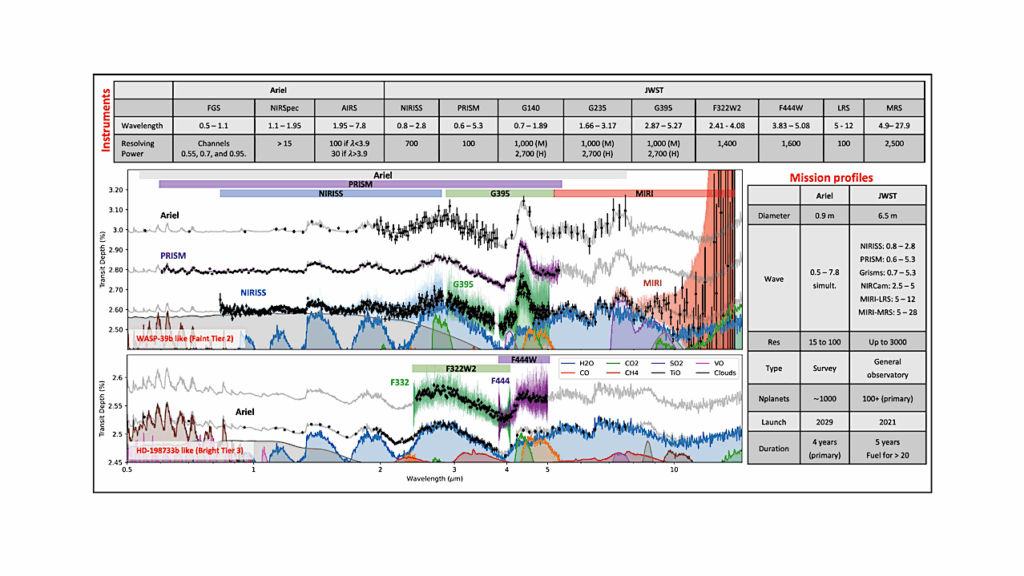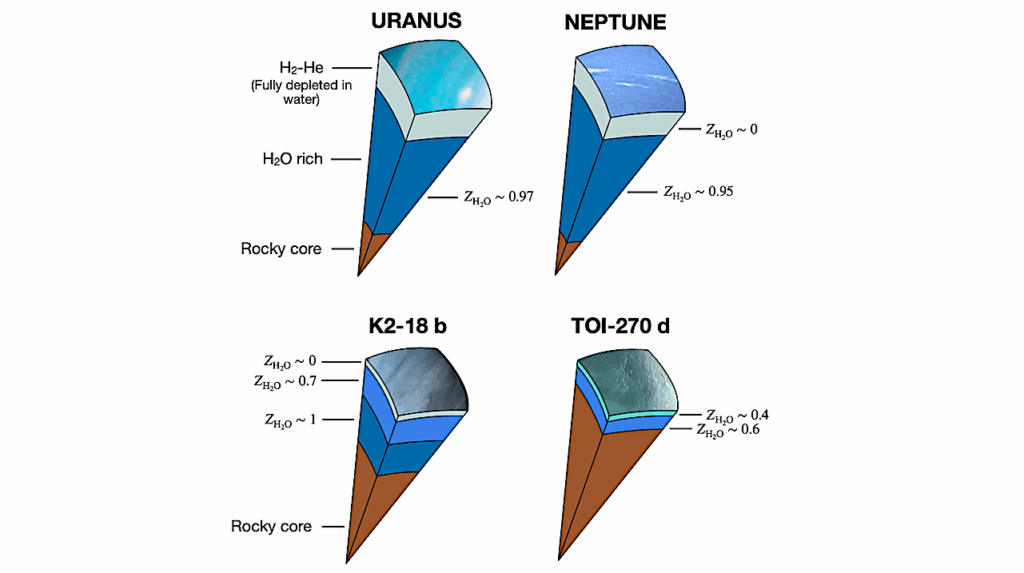The Ariel Target List: The Impact of TESS and the Potential for Characterising Multiple Planets Within a System

The ESA Ariel mission has been adopted for launch in 2029 and will conduct a survey of around one thousand exoplanetary atmospheres during its primary mission life.
By providing homogeneous datasets, with a high SNR and wide wavelength coverage, Ariel will unveil the atmospheric demographics of these far-away worlds, helping to constrain planet formation and evolution processes on a galactic scale. Ariel seeks to undertake a statistical survey of a diverse population of planets and, therefore, the sample of planets from which this selection can be made is of the utmost importance.
While many suitable targets have already been found, hundreds more will be discovered before the mission is operational. Previous studies have used predictions of exoplanet detections to forecast the available planet population by the launch date of Ariel, with the most recent noting that the Transiting Exoplanet Survey Satellite (TESS) alone should provide over a thousand potential targets.
In this work, we consider the planet candidates found to date by TESS to show that, with the addition of already confirmed planets, Ariel will already have a more than sufficient sample to choose its target list from once these candidates are validated. We showcase the breadth of this population as well as exploring, for the first time, the ability of Ariel to characterise multiple planets within a single system. Comparative planetology of worlds orbiting the same star, as well as across the wider population, will undoubtedly revolutionise our understanding of planet formation and evolution.
Billy Edwards, Giovanna Tinetti
Comments: Accepted for publication in AJ
Subjects: Earth and Planetary Astrophysics (astro-ph.EP); Instrumentation and Methods for Astrophysics (astro-ph.IM)
Cite as: arXiv:2205.05073 [astro-ph.EP] (or arXiv:2205.05073v1 [astro-ph.EP] for this version)
Submission history
From: Billy Edwards
[v1] Tue, 10 May 2022 17:57:47 UTC (18,840 KB)
https://arxiv.org/abs/2205.05073
Astrobiology








